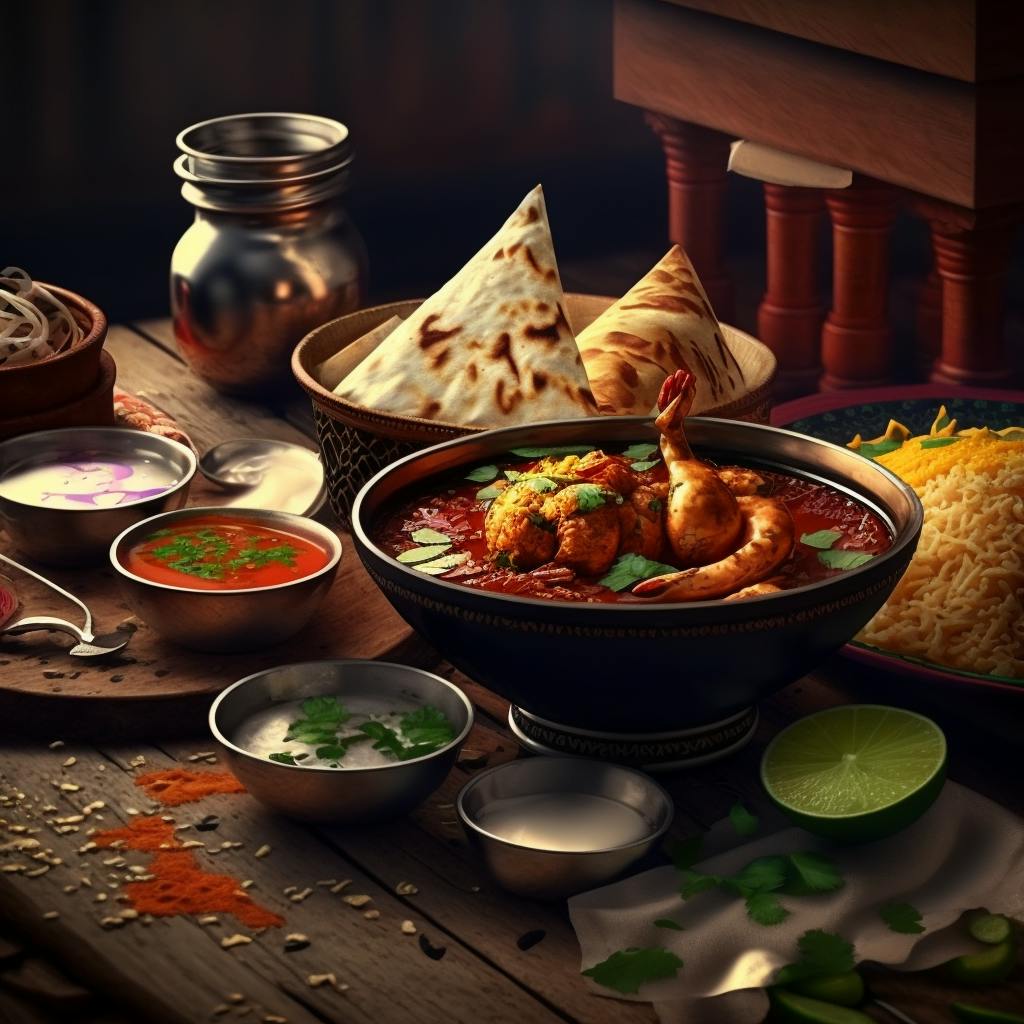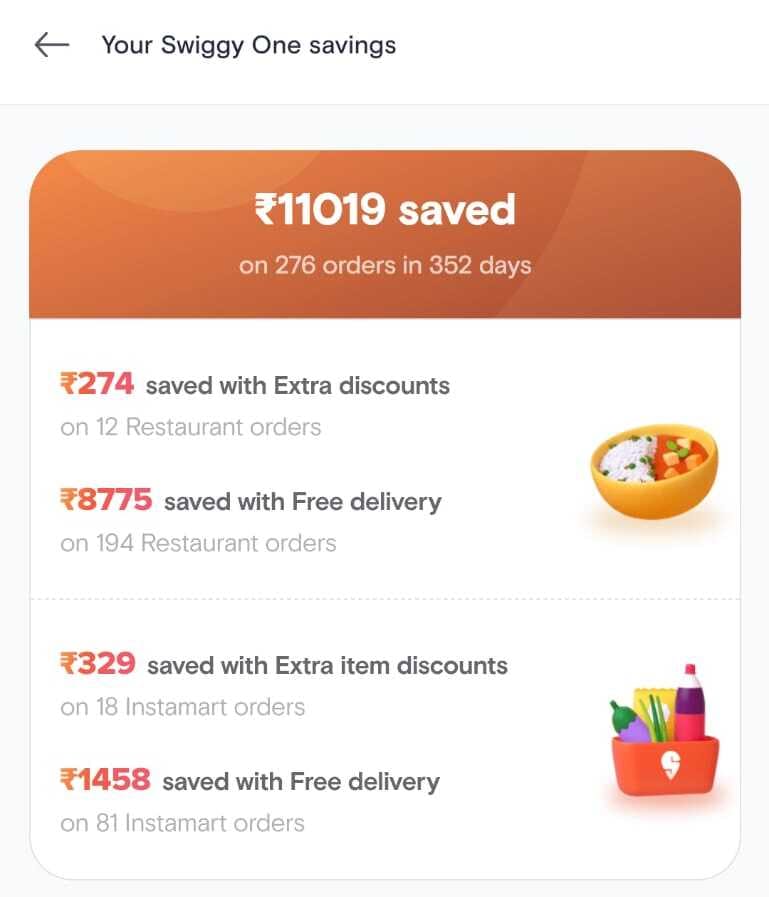Hacking the Food Sourcing Problem for young Indians
Jump into the world of online food delivery with my fav tips to save more.
What's this all about?
Jugaad and Dhanda are two words that are ingrained into every Indian's soul. But what is the one thing that we all love and the absence of which keeps us awake at night? Food.

This is article especially suited for students and bachelors but can be useful for everyone (who eats).
I'll keep updating the article as I find new tips and tricks and interesting insights. The article is broken down into sections so jump to the parts you're curious about.
Backstory and Motivation
A lot of my friends, colleagues and past batchmates are surprised how I survived for the last 5-6 years only by ordering online. Most of the first-time reactions are surprise, shock, and amusement and most of the common questions can be grouped into the following points
How I don't fall sick
How I save money
How do I maintain my schedule
To answer all these questions and to make life a bit easier for others to follow my footsteps, I'm penning my experiences and tons of tips and tricks in this blog.
What is this Food Sourcing Problem?
I'm a Computer Science graduate with a penchant for algorithms so of course, when one day I left for college and was running short on cash, I sat down to understand where all the time and money goes and how I can optimize the process to put food in my belly as simply and efficiently as possible
The food sourcing problem is based on reducing the effective spend on food, which is directly related to the cost of purchasing the food and the time spent on the same.
Below is an equation for the mathematically inclined
$$effectiveSpend = cost * timeValue$$
Now when ordering online, we massively mitigate the time component, and usually pay a slight premium compared to getting it at the restaurant. This is to compensate for the time and effort of the delivery agent, the food delivery platform and other middle stakeholders.
But sometimes online ordering it's also much cheaper, many restaurants on these aggregator platforms are actually cloud/ghost kitchens. In this business model, they don't have any seating area for customers and operate solely towards online customers often sharing cooking resources with multiple brands all under one roof.
So what does it all mean? Is ordering online cheaper? Let's break this down in the next section.

Analysis
Online Food Ordering is right for you if you're living alone or are students, bachelors, etc. Let's see from an example,
If you're living alone and live in Kolkata, your monthly spend on the food is going to include:
Cost of Raw Materials (Oil, salt, veggies, rice, atta etc): Rs 3000-3500
Time Spent: 60 hrs/month.
For 2 people, your monthly spend incurred is
Cost of Raw Materials (Oil, salt, veggies, rice, atta etc): Rs 4500-5000
Time Spent: ~70 hrs/month
Thus if you're cooking you'd certainly be better off if you invest in a refrigerator and share the food and cooking responsibilities with a roommate.
Now let's analyze online ordering, I'll use my numbers in this example
Living alone:
Cost of food : Rs 4500/month (after discounts, including all charges)
Time: ~5 hrs /month
For 2 people:
Cost of food : 5000-6000 /month (after discounts, including all charges)
Time: ~6 hrs /month
Below is a tabular illustration of this analysis, effective spend accounts for both the cost of materials and medium of cooking along with the monetary value of the time.
| Cost of Raw Materials and Gas | Time Spent | Effective Spend | |
| Cooking for 1 person | Rs 3200 | 60 hrs/month | ~ Rs 11,000 |
| Cooking for 2 people | Rs 4700 | 70 hrs/month | ~ RS 13800 |
| Ordering for 1 person | Rs 4500 | 5 hrs/month | ~ Rs 5150 |
| Ordering for 2 people | Rs 5500 | 6 hrs/month | ~ Rs 6300 |
Assumptions: Value of 1 hr time has been assumed to be Rs 130 for this illustration, typical hourly rates in India range from Rs 90 - 220.
I encourage you to fill this table with your numbers to see how much you'd save.
Now that we've shown we can save over 50% even at this hourly rate, I hope I've got your attention and you'd be amazed by the savings you'd get if your hourly rate goes over Rs 1500. At that point, your monthly food expenses would be worth ~4 hrs of work, so saving the hours will be pivotal and the effective savings will be ~90%.
The Solution
Of course, online deliveries are cheaper, just as ridesharing is cheaper, the unit economics speak for themselves and it's just time until more people accept it and include it in their lives. But being successful in this, and making significant savings, still does come with a learning curve, and I'm here to make this journey simpler.
So here are my super secret tips to be successful in this online ordering world
Act decisively: Always have a clear mind on what you want to order, browsing restaurants for hours will make you lose the very hrs you set out so hard to achieve, I spend no more than 10 mins/ day to order of which ~8 mins is spent on browsing restaurants, comparing discounts (sometimes across devices) and making the payment (usually instantaneous), rest is spent in guiding the delivery partner to my place.
Know the aggregator app like the back of your hand: I can recite the items I usually order, the restaurants I order from, the discount and offer codes, card benefits and when each discount starts and ends every day in my sleep. This becomes a habit like day-traders know the price levels of every major index they trade and other macro factors affecting them. Initially you might want to sit down once to learn about the various offers and features on the aggregator app you choose. I for example, use Swiggy.
Know the card offers: You can speed up your saving with cashback. Cards like SBI Cashback Card give 5% cashback on all online transactions including Swiggy, Zomato, Blikit, BigBasket etc (excluding rent, wallet reload etc). There are many awesome offers on these platforms from cards like Axis, OneCard, Slice, AU Bank and Union Bank of India as well.
Find out the best timings to order: The restaurant discounts are not static, ordering at peak hours is a sure-shot way of not getting a good deal. As you explore the platform keep looking at when the restaurant offers start and end, this will vary fr each restaurant. I for example find amazing breakfast deals around 8am-noon and dinner deals 10pm-2am, YMMV.
Try to increase Avg Order Value: It's possible to save ~25% more by ordering items with a combined order value over 400, this way if you already have a microwave and a fridge you can save quite a lot more. Another idea discussed above is to find a food partner.
Don't underestimate combining offers: I often save over 70% for each item, by :
Buying Swiggy vouchers from Woohoo/Gyftr: ~12%, the voucher is already discounted by ~8%, on top of which I get back 5% cashback.
Using the Swiggy voucher on restaurants offering ~60% off.
In fact, many times, you'd be able to save even up to 30% compared to having the same item in the restaurant.You could also directly use a lot of card offers directly on Swiggy for example, Axis Select, My Zone has 40% off offers. if you're an Airtel customer, using the Airtel Axis card which gives you 10% cahback is a decent deal too but I find the cashback card+voucher strategy much better.
Use the subscriptions to the fullest: If you're using Swiggy or Zomato or similar aggregator service regularly, make sure you sign up for their Subscriptions. It's a steal deal at around 799 for a year, when I had been switched over from the Swiggy Super Binge plan.
Now the prices seem to have gone up drastically to around 2000 Rs. For me the subscription might still be sensible, but now I'd suggest you take the plan only if you're ordering regularly, and preferably ordering for your family, friends etc too.
The biggest reason I'd choose the subscription is for the free delivery.
To find if it's right for you, just ask yourself this:"How many orders would you do in a year and how much on average would you like to pay for each delivery?"
If the product of these two is not lesser than the subscription cost by over 25%, get the subscription, as it'd also have additional benefits in terms of dining out and grocery orders etc.
In the image, you'd see I've saved over 11k this year, but in reality, the real value addition of Swiggy One would be closer to 7k, you'd have 'saved' ~3k anyway due to restaurant discounts even without the subscription, and many of the 'only for Swiggy One customers' offers are just rebranded regular customer offers.

Conclusion
Thus we discussed how we can save 50-90% per month by ordering online, and I also wanted to touch up on the other two questions I get ie. how I maintain the schedule and stay fit. Personally, I found online ordering to be even better than cooking for my schedule and as long as I'm not ordering super processed food everyday (like KFC), I've noticed no major detriment to health. To be honest I found externally ordered food much healthier than the super oily mess food in my canteen. But again YMMV.
Thanks to the amazing delivery agents making our lives easier every day.

💸 Support my work and earn Rs 500
One of the key strategies to save money by online ordering requires using the SBI Cashback Credit Card, which I'd like to recommend.
You can earn an additional Rs 500 by using my referral code j0Rbm8xCOnL, or by applying for any SBI card via this link sbicard.com/invite/j0Rbm8xCOnL. Once you are onboarded, I too would receive the same incentive which helps support this work.
I've been using this card for almost a year, and had recouped its annual fees of 999+gst in just 2 months of cashback, which is anyway waived off on spending 2 lacs, thus this card is working extremely well for me now.
Parting thoughts
Cheers to your first 500 Rs saved through this. 🥳 Wish you all the best in your journey of simplifying and optimizing food sourcing in your life.
Do you have any other tips and tricks that I missed? Let me know in the comments. ✌️

